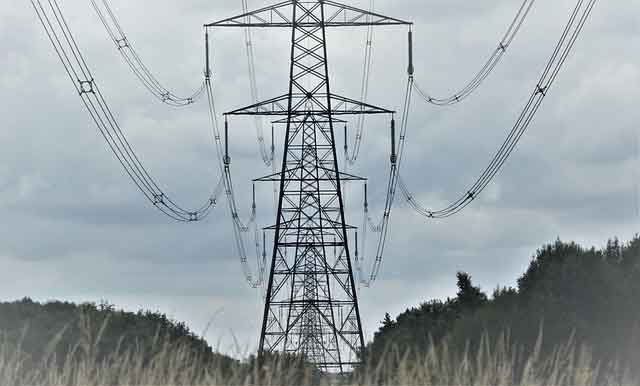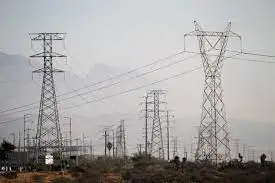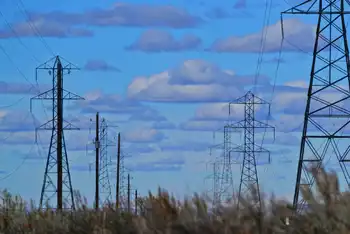Power industry faces revamp
By Calgary Herald
Electrical Testing & Commissioning of Power Systems
Our customized live online or in‑person group training can be delivered to your staff at your location.

- Live Online
- 12 hours Instructor-led
- Group Training Available
In Alberta's coal-reliant generating sector, the changes - to require coal-fired generators to capture and sequester their significant carbon dioxide (CO2) emissions - are expected to give a big boost to natural-gas-fired projects and provide a double benefit to wind, which is already the focus of a frenzy of projects.
"It does create a bit of a sea change... with an enormous impact on coal," said Allen Crowley, the manager of regulatory and market studies for EDC Associates Ltd., a leading electricity sector consulting firm. "It could definitely change the mix of which plants run."
Crowley presented the conclusions of a major study on Alberta's generation industry emission intensity to the annual conference of the Independent Power Producers Society of Alberta in Banff. Ottawa's changes will alter the industry, he said.
"It's definitely going to drive people towards building more gas," said Crowley. "Rather than gas being 25 per cent or 30 per cent of the supply it may go up to 40 per cent or 45 per cent."
Still, coal-reliant generators such as Calgary's TransAlta Corp. are vowing to stick to coal and perfect so-called clean coal technology aimed at reducing emissions to close to zero. Using current technology, coal generation emits about twice as much CO2 as natural gas, so the challenges - and costs - are substantial.
"We're still committed to building in Alberta," TransAlta director of regulatory and legal affairs Sterling Koch told the Herald.
"The future build in Alberta is probably still going to rely on coal to a large degree, it's just going to be clean coal," said Koch "The technology... it would probably be an overstatement to say that it's there today, but we think it's progressing on a timeline that it will be there for the future build."
Because it is market-driven, Alberta's electricity and generating industry is unique in Canada, with generators bidding to supply power into the wholesale market - as price takers and unable to pass along cost increases to consumers. In other provinces, rates are set by the province, which usually controls the utilities and thus cost increases such as those from emission controls can conveniently be passed directly on to consumers.
In Alberta, since coal has until now been the cheapest to run, it has dominated generation, accounting for more than 60 per cent of the province's 12,000 megawatts of installed capacity. That appears to be about to change.
"It's going to make it more costly," said Karl Pinno, an energy economist with the Canadian Energy Research Institute specializing in electricity. "That's definitely going to make coal electricity generation more expensive - and that will be passed on to the consumer."
The costs of capturing emissions will be far harder on and far more expensive for coal-fired power currently used to generate steady, so-called base-load power, while natural gas is used to satisfy peaks in demand. That could change, said Crowley.











